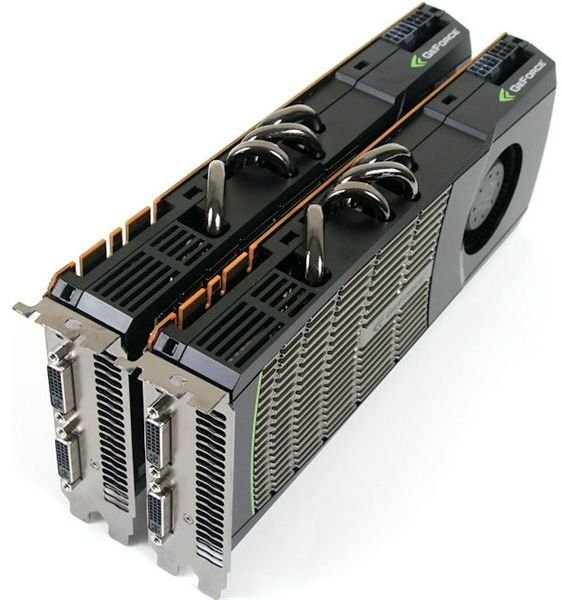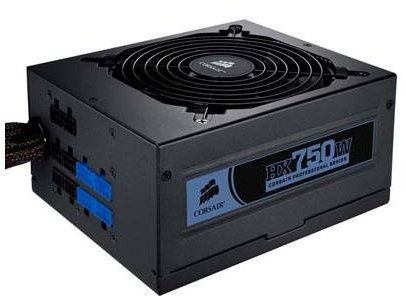Buying a Power Supply - How to Get the Most from a Computer PSU?
The Horsepower Wars
If you’re a casual auto enthusiast, such as myself, you may have noticed that the German Automakers seem to be in a bit of a tiff. BMW, Mercedes, and Audi have been ramping up the size and power of engines in their cars drastically. This horsepower war is incredible if you regularly drive on the Autobahn and make a quarter of a million dollars each year, but for more practical driving, the massive engines in these fine German sports cars are as much a burden as a boon. They’re loud, they’re expensive to repair, and they use tons of fuel. In other words, there is not much point in buying one unless you really do intend to drive outrageously fast.
I know, I know. I just used a car analogy, one of the most abused forms of explanation in the PC industry. But the same sort of war seems to be raging in the power supply market. Today, nearly every enthusiast power supply maker has at least one desktop model with a rating of over 1000 watts, and some power supply companies offer multiple power supplies with ratings over that mark.
But how much power do you really need? Many computer enthusiasts have come to think that a power supply of at least 500 watts should be considered for most systems. In truth, the amount of power needed by most computers is far less than that - and buying a smaller power supply can save you a ton of money.
How Much Is Really Needed?
Part of the reason that the power supply wars have continued is due to specifications from hardware manufactures which, while well suited for keeping the company out of legal trouble, don’t reflect reality. For example, the product specifications page for the Radeon 4xxx series of cards recommends that the Radeon 4870 run on a computer with a power supply of at least 500 watts.
So what happens when you use less than that? As I can tell you from experience, nothing bad at all. I run a Radeon 4870 on a 430 watt Antec power supply without a single problem. But I have more than just my personal experience to provide as evidence. More telling are the power draw benchmarks that can be found attached to most reviews of high-end video cards. While ATI recommends a 500 watt power supply be used with the Radeon 4870, a system using a Radeon 4870 actually uses around 250 to 300 watts under full load. Note, this is total system power draw, not just the power draw of the video card. That’s right - you can run one of the most powerful video cards ever made on a 350W power supply.
In fact, the 500 watt mark which is used as the offical recommend minimum by ATI could operate a system using two Radeon 4870s in Crossfire under full load. That, of course, would be cutting it a bit close for comfort, and you may run into problems if you happen to also be using a power-hungry CPU like a Phenom 9950. But the fact that it is possible to run so much hardware with what is popularly considered a meager power supply illustrates how large the gap has become between what is perceived as necessary and what is actually necessary.
The Method Behind the Madness

Now, before you buy a 500 watt power supply on the cheap to power your Crossfire X Quad-Core rig, it is important to consider exactly why ATI has decided to mandate 500 watts as the minimum for operating a card that actually uses only a fraction of that power. ATI’s high minimum recommendation is fueled by a power supply industry that is widely inaccurate in its standards. Hop onto any hardware retailer’s website, and you’ll find many cheap power supplies. Consider, for example, this Sunbeam power supply which is rated for 500 watts and sells for under fifteen dollars. Some reviewers of the power supply claim that it smells faintly of burnt wires, and it is anyone’s guess if the unit can actually put out that a full 500 watts.
And that is a problem, because cheaply made power supplies that can’t put out as much power as they claim will, at best, shut down when pushed beyond their limit. At worst, they explode. While a few explosions were enough to force Sony into recalling over 10 million laptop batteries, they seem to be considered par for the course in the power-supply market, and this means ATI can’t be sure that two power supplies with the same advertised maximum output will actually be able to put out the same amount of power, or even the amount that is claimed. And while experienced users will know better than to pair an incredible video card with a fifteen dollar power supply, newer, less experienced users may not. OEM’s like Dell exacerbate the problem by using the cheapest possible power equipment, allowing them to load the system with more marketing friendly parts, like modern CPUs, while supplying very little information about the PSU, sometimes not even the wattage. ATI would rather not have to deal with claims that their video cards are causing computers to explode.
What You Should Buy
If you’re not running a video card at all, then buy a low-end Seasonic power supply and call it a day. For the vast majority of systems, a 300 watt power supply like this Seasonic is actually overkill. Plus, Seasonic’s power supplies are backed by three-year warranties, and even their less powerful ones can be had with efficiency ratings of 80%.
Should you want to use a high-end video card, then Corsair’s 450 watt power supply is an excellent choice. And if you’re really outrageous, you could spring for Corsair’s 650 watt model. It may not impress nerdly friends as much as a 1000 watt behemoth with five colors of LED lights and a fan that could cool a warehouse, but it will run virtually any combination of hardware.
Whatever you do, be sure that the power supply you buy is from a quality brand. Corsair, Seasonic, Antec, Zalman, Silverstone, and PC Power and Cooling are some of the better power supply brands. They are more expensive than products from no-name brands, but they are backed with excellent warranties and won’t fry your computer if you put them under more load than they can handle, which is often half of what they say can they handle.
